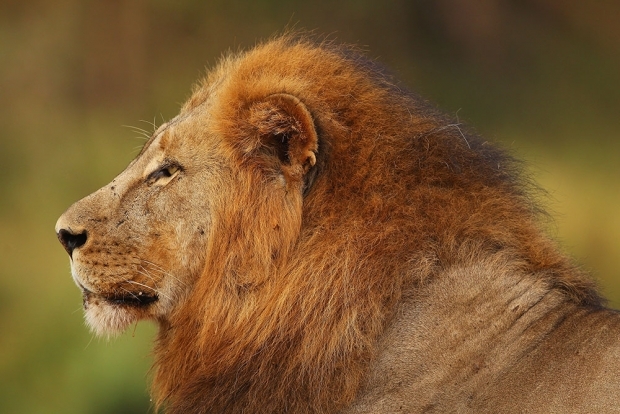Traditional Chinese medicine—popular throughout Asia—long has prized the supposed medicinal value of tiger bones. Now, though, as the world’s wild tiger population is disappearing fast, even facing extinction, the Chinese medicine industry may have found an alternative with lion bones.
A new study reveals demand for lion bones has surged since 2008, with the bones largely going to Asia for use in traditional medicine. The researchers found that the bones are not being hunted from wild lions, but rather “harvested” from the legal hunting of captive lions in South Africa.
Conservationists point out that there is a big difference between the budding trade in lion bones and that of rhino horn and elephant ivory. Unlike rhinos and elephants, lions are not endangered (yet). However, if Chinese and Asian demand for lion bones surges, as they fear it might, then that could encourage either an expansion of the controversial lion breeding industry or result in illegal poaching of wild lions.
This new research report on the lion bone trade was written by the non-profit wildlife conservation group TRAFFIC, Oxford University’s Wildlife Conservation Research Unit, and Wits University in Johannesburg (where “China In Africa” podcast co-host van Staden is a lecturer in Media Studies). Two of the report’s authors, Dr. Vivienne Williams from Wits University and TRAFFIC’s David Newton join Eric and Cobus to discuss the emerging lion bone trade between China and Africa.
Recommendations
- “New Study Throws Light on South Africa’s Lion Bone Trade,” Vivienne Williams, David Newton, Andrew Loveridge, David Macdonald, TRAFFIC & Wildlife Conservation Research Unit at Oxford University, July 2015
- “New Study Says Trade in South African Lion Bones Is Surging,” Christopher Torchia, Associated Press, August 11, 2015




